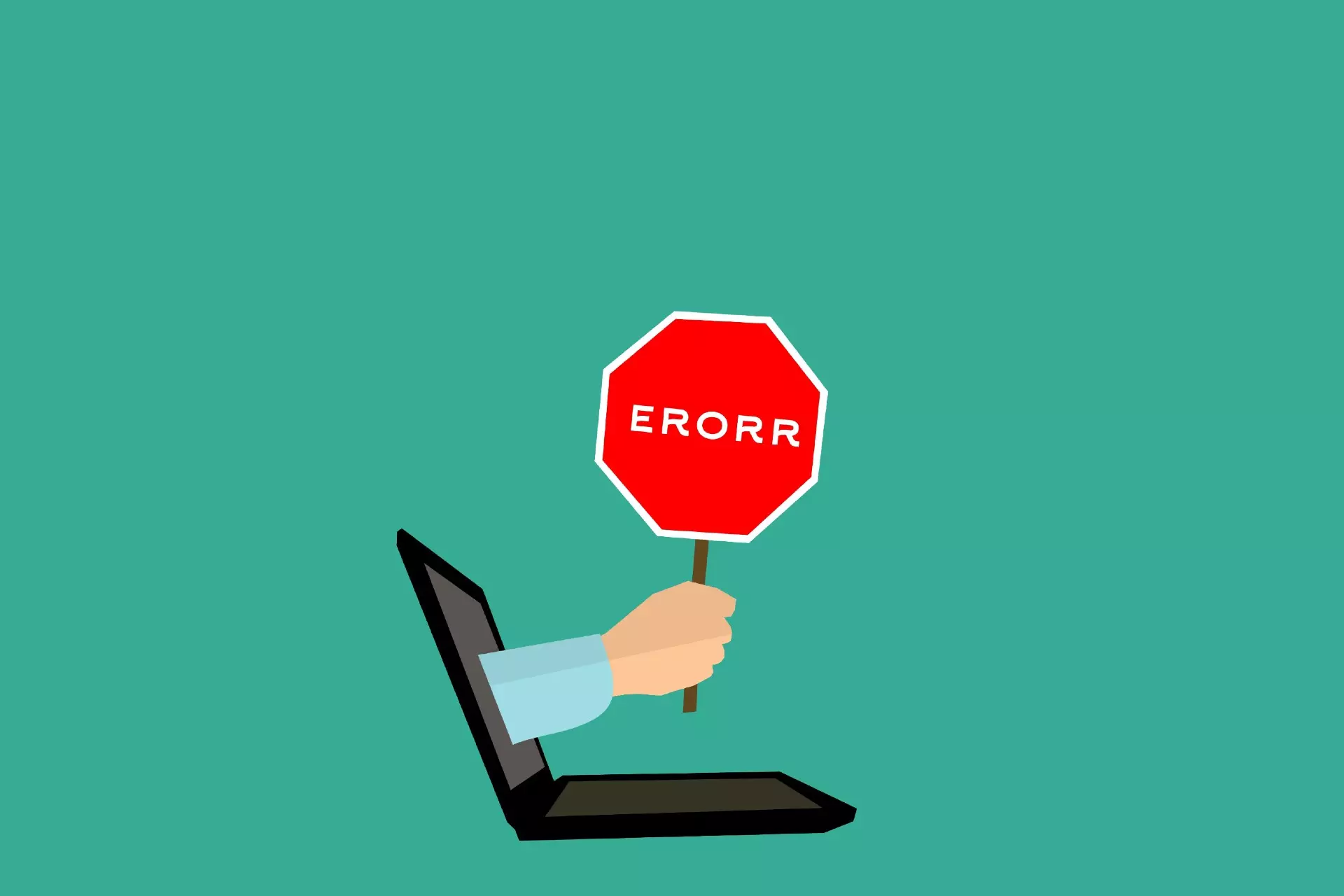Erro In the digital landscape, Search Engine Optimization (SEO) is paramount for online visibility and success. However, even the most proficient SEO strategies can encounter hurdles due to various errors. Understanding and rectifying these errors is crucial for maintaining and improving website performance.
Types of SEO Errors
On-Page Errors
Meta Tags Issues
Meta tags play a significant role in informing search engines about the content of web pages. Errors in meta tags, such as missing title tags or duplicate meta descriptions, can adversely affect a website’s search engine ranking.
Content Duplication
Duplicate content across multiple pages within a website or on different websites can confuse search engines and lead to lower rankings. Ensuring unique and valuable content is essential to avoid this error.
Broken Links
Broken links, also known as dead links, occur when hyperlinks point to non-existent pages. These links can harm user experience and diminish a website’s credibility in the eyes of search engines.
Off-Page Errors
Broken Backlinks
Backlinks from reputable websites are valuable for SEO. However, if these backlinks lead to broken or irrelevant pages, they can negatively impact a website’s authority and ranking.
Inconsistent NAP Citations
NAP (Name, Address, Phone Number) citations are crucial for local SEO. Inconsistencies in NAP information across different online platforms can confuse search engines and users, leading to a decrease in local search visibility.
Toxic Backlinks
Toxic backlinks come from spammy or low-quality websites and can harm a website’s reputation and search engine ranking. Identifying and disavowing toxic backlinks is essential for maintaining a healthy backlink profile.
Impact of SEO Errors on Website Performance
SEO errors can have far-reaching consequences on a website’s performance and online presence.
Decreased Search Engine Rankings
Search engines penalize websites with SEO errors by lowering their rankings in search results pages. This can significantly reduce organic traffic and visibility.
Reduced Organic Traffic
SEO errors often result in diminished organic traffic as the website fails to appear prominently in search engine results. This can adversely affect the website’s overall performance and revenue generation.
Negative User Experience
Many SEO errors, such as broken links and duplicate content, negatively impact user experience. Visitors encountering such issues are likely to leave the website, leading to higher bounce rates and lower engagement metrics.
Identifying and Fixing SEO Errors
Conducting an SEO Audit
Regularly auditing a website’s SEO performance can help identify and rectify errors. Tools like Google Search Console and SEMrush provide valuable insights into on-page and off-page SEO issues.
Using Webmaster Tools
Search engine webmaster tools offer valuable resources for identifying and fixing SEO errors. These tools provide data on crawl errors, broken links, and other issues that need attention.
Regular Monitoring and Maintenance
Continuous monitoring and maintenance of a website’s SEO performance are essential for preventing and addressing errors promptly. Implementing a regular schedule for reviewing and updating SEO strategies can mitigate potential issues.
Preventing Future SEO Errors
Quality Content Creation
Creating high-quality, relevant, and original content is key to avoiding SEO errors like content duplication. Valuable content attracts backlinks and engages users, enhancing overall SEO performance.
Regular Website Maintenance
Regularly updating and maintaining a website’s structure, content, and backlink profile helps prevent common SEO errors. This includes fixing broken links, updating meta tags, and removing toxic backlinks.
Staying Updated with SEO Trends
The field of SEO is constantly evolving, with search engines frequently updating their algorithms. Staying informed about the latest SEO trends and best practices ensures that a website remains optimized and error-free.
Conclusion
In conclusion, SEO errors can significantly impact a website’s performance and online visibility. Understanding the types of errors, their consequences, and how to identify and fix them is crucial for maintaining a successful online presence. By implementing proactive measures and staying updated with SEO trends, website owners can prevent and mitigate SEO errors, ensuring sustained growth and success.
FAQs
How do SEO errors affect website rankings?
- SEO errors can lead to decreased search engine rankings, resulting in reduced organic traffic and visibility for the website.
What tools can help identify SEO errors?
- Tools like Google Search Console, SEMrush, and Moz offer valuable insights into a website’s SEO performance and potential errors.
Why is quality content important for SEO?
- Quality content attracts backlinks, engages users, and helps prevent SEO errors like content duplication, leading to improved search engine rankings.
How often should SEO audits be conducted?
- SEO audits should ideally be conducted regularly, at least once every few months, to identify and address any emerging issues promptly.
What steps can be taken to prevent toxic backlinks?
- Regularly monitoring backlink profiles and using tools like Google’s Disavow Tool can help identify and remove toxic backlinks, safeguarding a website’s SEO performance.
